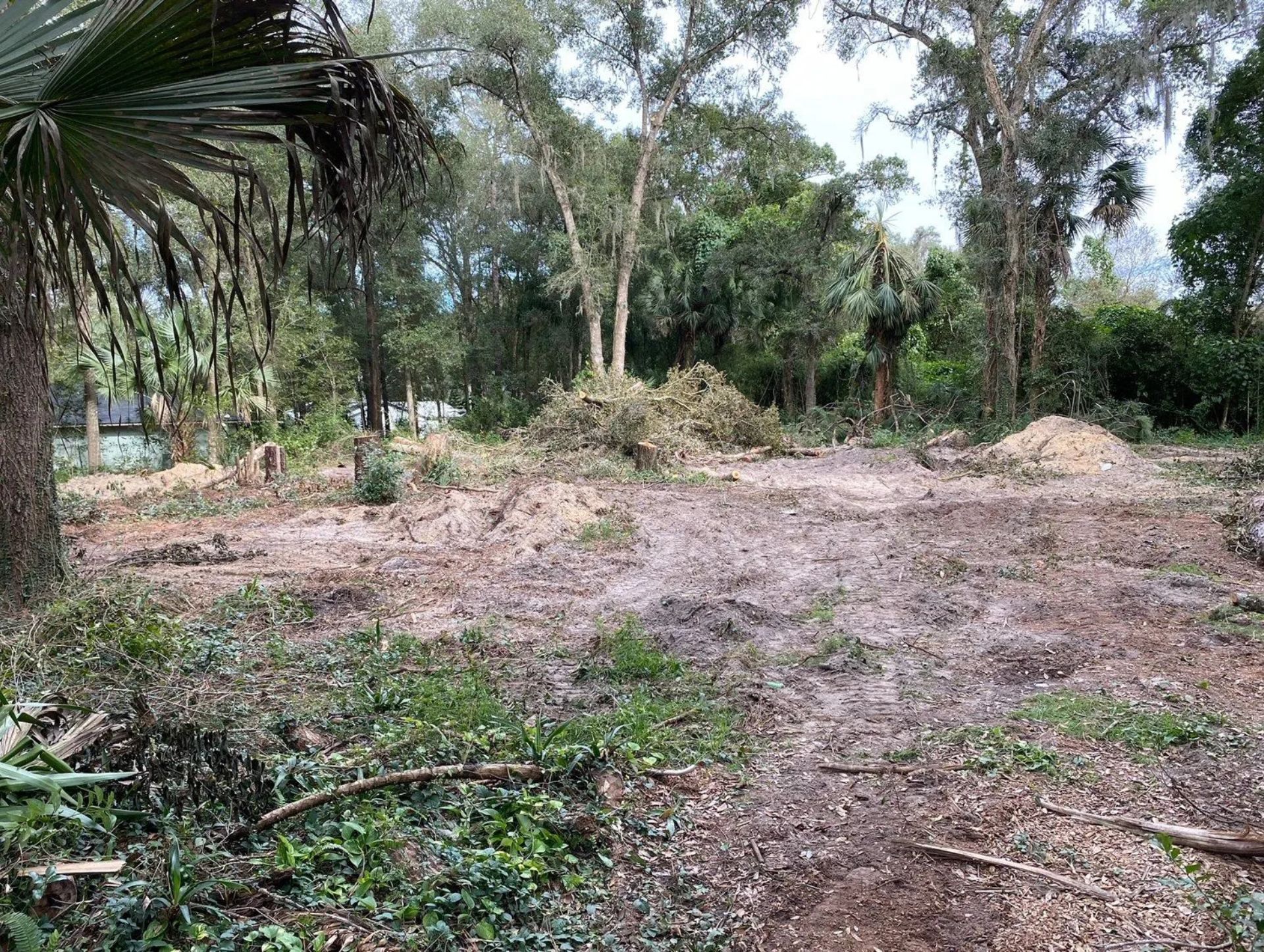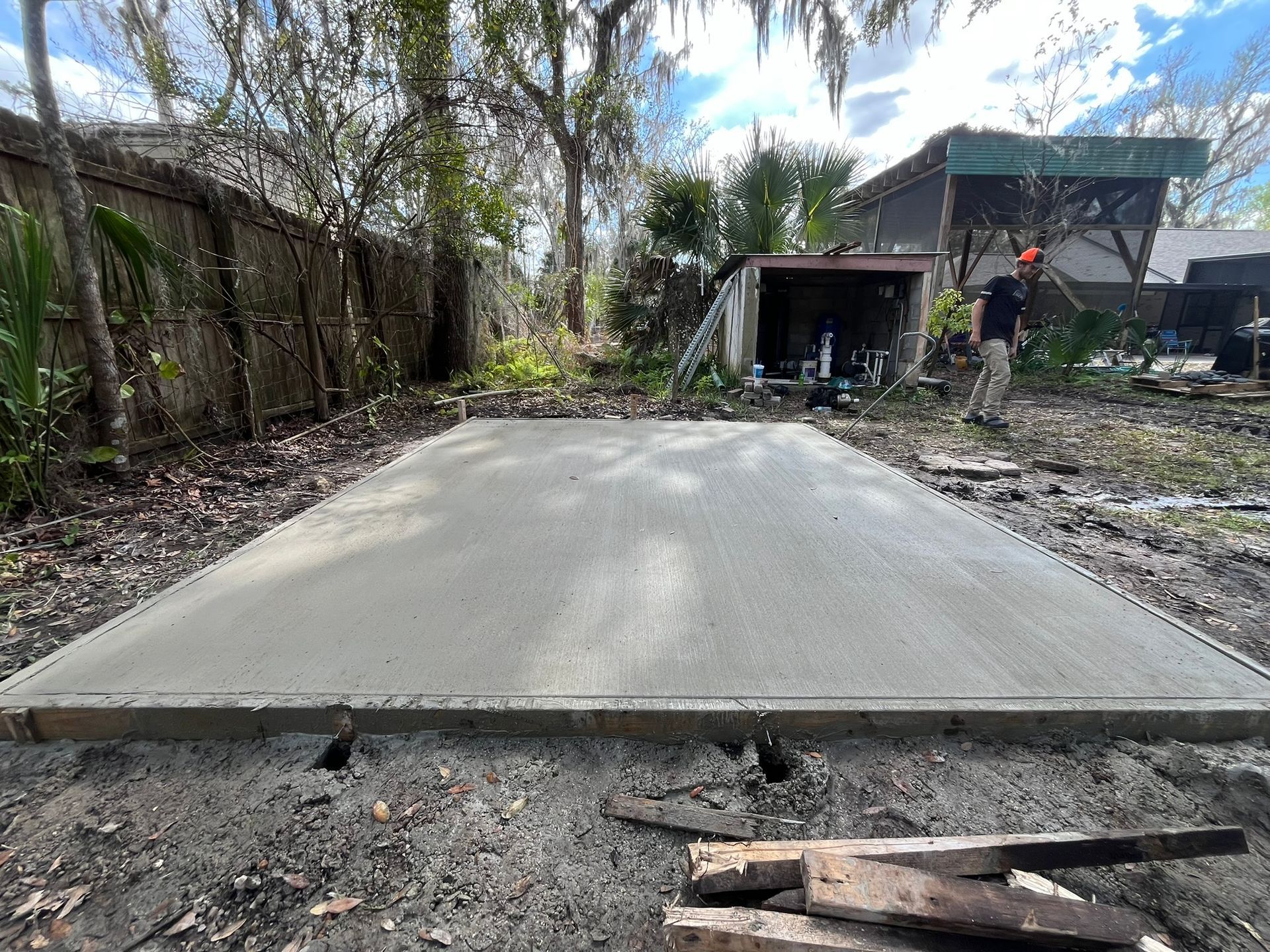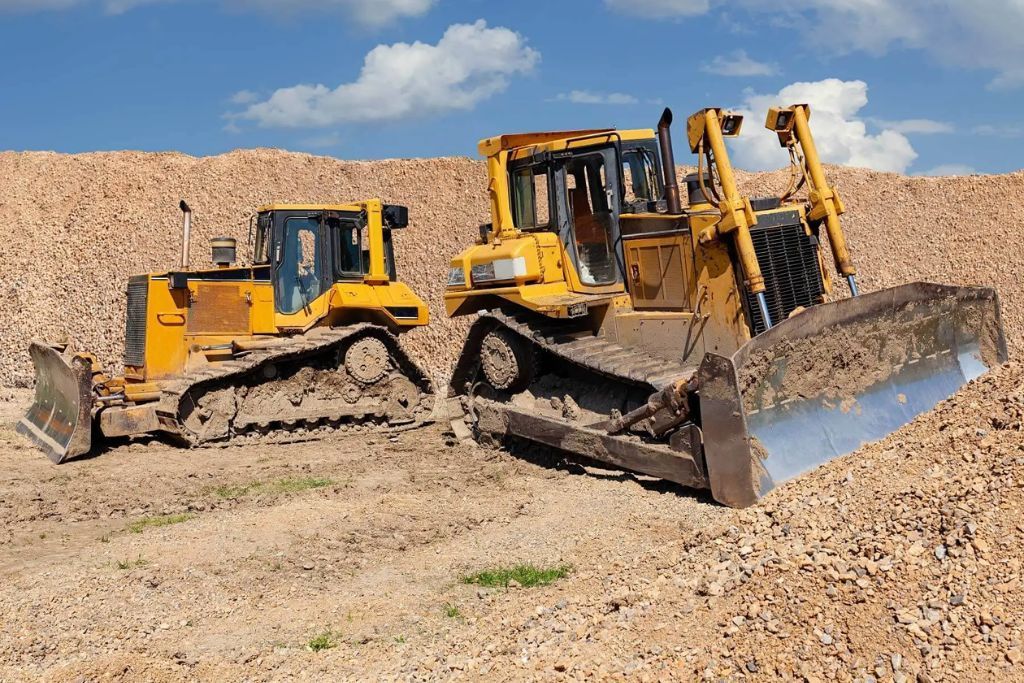How Neglected Trees Can Damage Your Home & Increase Insurance Costs
Trees don’t usually cause trouble—until they do. One weak branch or overgrown root can lead to thousands in damage, and in many cases, your insurance might not cover it. This post breaks down how ignored trees can mess up your home and your budget—and what you can do to stop that from happening.

Trees Can Damage Your Home More Than You Think
Trees might seem like the least of your worries—until one smashes your roof or cracks your driveway in half. The truth is, that letting trees grow wild around your home can lead to all kinds of hidden problems. Some are dangerous. Others are just plain expensive. Let’s break down what can go wrong when trees are left to do their own thing.
Big Branches + Bad Weather = Big Problems
If you’ve got tree limbs hanging over your house, garage, or car, you’ve already got a problem waiting to happen. One strong wind or storm is all it takes for a heavy branch to snap.
That could mean:
- Holes in your roof
- Smashed windows
- Crushed gutters and siding
- Damage to your car
- Even injury if someone’s nearby
And it’s not just the big breaks. Long branches can scrape against your roof for years, wearing things down slowly. That constant rubbing leads to leaks, mold, and a whole lot of repair bills.
Roots Don’t Care What’s in the Wa
Here’s the thing about tree roots—they don’t stop when they hit something. They keep growing. Over time, those roots can push up patios, crack concrete, or sneak their way into pipes.
Root damage can show up as:
- Uneven sidewalks or driveways
- Broken pipes or septic backups
- Cracked foundations
- Soggy patches in your yard from leaking lines
And once roots start causing problems, it’s not a cheap fix. Some of these repairs can run into the thousands—and they’re not always covered by insurance.
Dead Trees Don’t Stay Standing Forever
Got a tree that’s leaning? Missing bark? Looks hollow inside? That’s a red flag. Dead or dying trees are much more likely to fall—especially during storms, but sometimes even on calm days.
If that tree goes down:
- It could wreck your home or someone else’s
- Knock out your power
- Block roads or driveways
- Cause injury to anyone nearby
Worse? If your insurance company finds out that the tree was clearly dead and should’ve been removed, they might not pay for the damage. That means it’s coming out of your pocket.
Your Insurance Company Is Watching
Here’s something not everyone knows: insurance companies do pay attention to trees. If they think your property has a high risk—like overgrown limbs, rotting trunks, or unstable trees—they might raise your rates. Or even worse, deny your claim after something goes wrong.
That could lead to:
- Higher monthly premiums
- Denied coverage when you need it most
- Trouble switching to a new insurance provider
So, while skipping tree maintenance might feel like you’re saving money now, it could cost a whole lot more later.
Insurance Companies Watch for Tree Problems
Your trees might seem harmless, but insurance companies see them a little differently. To them, a dead or overgrown tree isn’t just part of your yard—it’s a risk. And when insurance sees risk, they start paying closer attention.
They Won’t Pay If You Didn’t Do Your Part
If a tree smashes your roof during a storm, you’d expect your insurance to cover it, right? Well, maybe. It depends on the shape of the tree.
Here’s the general rule:
- Does a healthy tree fall in a storm? You’re probably covered.
- The dead tree you should’ve dealt with? You might be paying out of pocket.
If the tree was clearly leaning, rotting, or full of dead limbs, and you did nothing? That’s when the insurance company might step back and say, “Not our problem.”
Your Premium Could Go Up Just Because of a Tree
Even if nothing’s fallen yet, an insurance inspector might take one look at that massive limb hanging over your garage and flag it as a problem.
That could lead to:
- A higher insurance rate
- A letter asking you to trim or remove the tree
- A warning that they won’t renew your policy unless it’s fixed.
If Someone Gets Hurt, That’s On You
Let’s say a branch falls and hits a neighbor, or someone walking up to your front door. If that tree was clearly in bad shape and you didn’t take action, the blame could fall on you—legally and financially.
That might include:
- Paying their medical bills
- Fixing their damaged car or property
- Dealing with a lawsuit
Even worse, your insurance might not help you if the tree was already a known hazard.
Just Because It’s Standing Doesn’t Mean It’s Safe
Some trees look solid until the inside starts to rot, or the roots give up. By the time you notice a lean or some bark peeling off, it could be too late. That’s why it’s smart to have trees inspected once in a while—especially if they’re near your house or where people walk.
How to Keep Your Trees Safe and Health
You don’t need fancy tools or a landscaping degree to keep your trees in check. Just a few smart habits can help you avoid damage, injury, or insurance problems later.
Look at Your Trees Once a Year
Take a walk around your yard—once a year or after a big storm—and really look at your trees. You’re checking for things like:
- Cracks or splits in the trunk
- Dead or hanging branches
- Mushrooms or soft spots near the base
- Trees starting to lean
If something doesn’t look right, call a tree professional. They’ll spot things you might miss.
Trim Before It’s a Problem
Don’t wait for branches to fall. Cut them back before they hit your roof, car, or power lines.
Trimming:
- Keeps limbs from falling during storms
- Helps trees grow stronger
- Stops damage before it starts
Leave the big stuff to the pros. Climbing with a chainsaw isn’t a DIY weekend project.
Know When to Remove a Tree
Some trees can’t be saved. If a tree is leaning, hollow, or clearly dead, it’s time to take it down.
Look for:
- Large dead limbs
- A soft, cracked, or hollow trunk
- Wobbling in the wind
- Leaning toward your house or wires
Yes, removal costs money. But not as much as a new roof—or a trip to the hospital.
Taking Care of Trees Saves You Money
Skipping tree maintenance might save you time today—but it can cost you big later. Here’s how a little care can go a long way.
Stop Expensive Damage Before It Starts
Tree damage isn’t cheap:
- Roof repairs: $300–$5,000+
- Driveway cracks: $1,000–$3,000+
- Broken pipes: $2,000–$10,000+
A basic trim? A few hundred bucks. Worth it.
Avoid Insurance Headaches
Neglected trees can lead to denied claims or dropped coverage. Taking care of them shows your insurance company you're serious about safety—and that can keep your rates steady.
Keep Your Property Looking Good
Healthy trees boost home value. Dead ones, cracked concrete, or overgrowth? They do the opposite. If you plan to sell, buyers will notice.
Frequently Asked Questions
Does homeowners insurance cover tree damage?
Sometimes it does. If a healthy tree falls in a storm, you’re usually covered. But if the tree was dead or clearly unsafe, your insurance might not pay.
What happens if my tree falls on my neighbor’s house?
If the tree is healthy, their insurance usually covers it. But if the tree was rotting or leaning and you ignored it, you might have to pay for the damage.
How much does tree removal cost?
Tree removal can cost anywhere from $300 to over $2,000. Big trees or trees near houses and power lines cost more.
How can I tell if a tree needs to be removed?
Look for dead limbs, a leaning trunk, cracks, or mushrooms near the base. If a tree looks weak or unsafe, it’s best to get it checked.
Can unsafe trees affect my insurance?
Yes, they can. Insurance companies may raise your rates or cancel your policy if trees on your property look dangerous.
How often should trees be inspected?
Once a year is a good rule. Also, check after storms—strong wind or heavy rain can cause hidden damag
Don’t Wait Until It’s Too Late
Tree problems don’t always start big. A leaning trunk or cracked branch might not seem like much now—but it can lead to serious damage and high repair costs later. And if your insurance sees it as something you should’ve handled, they might not cover the damage at all.
Samuel Site Service is here to help. If you need tree removal, trimming, or just a professional opinion, Contact Us. We’ll make sure your property stays safe and your trees don’t turn into a problem.


